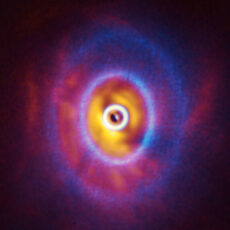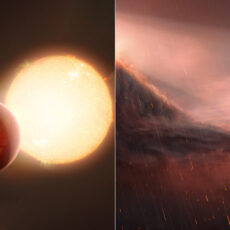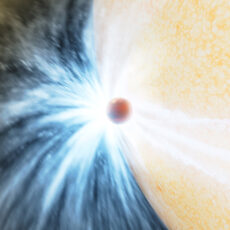
Photo credit: NASA/Steve Freeman
NASA’s atmospheric probe looks like a mini hypersonic aircraft, but instead of launching from a plane, it gets dropped by a drone. This concept will be used to develop a full-sized probe that could one day give future scientists a better and more economical way to collect data on other planets.
The most recent test took place on October 22nd above Rogers Dry Lake in the Mojave Desert, a flight area adjacent to NASA’s Armstrong Flight Research Center. What’s next? If the next few tests are successful, a full-sized concept may be chosen for an actual mission, where it would ride on a satellite to its destination. Once separation happens, the parent satellite would orbit around a planet, before entering and diving through the atmosphere as it gathers information for clues of how the solar system formed.
- Due to platform compatibility issue, the DJI Fly app has been removed from Google Play. DJI Neo must be activated in the DJI Fly App, to ensure a...
- Lightweight and Regulation Friendly - At just 135g, this drone with camera for adults 4K may be even lighter than your phone and does not require FAA...
- Palm Takeoff & Landing, Go Controller-Free [1] - Neo takes off from your hand with just a push of a button. The safe and easy operation of this drone...
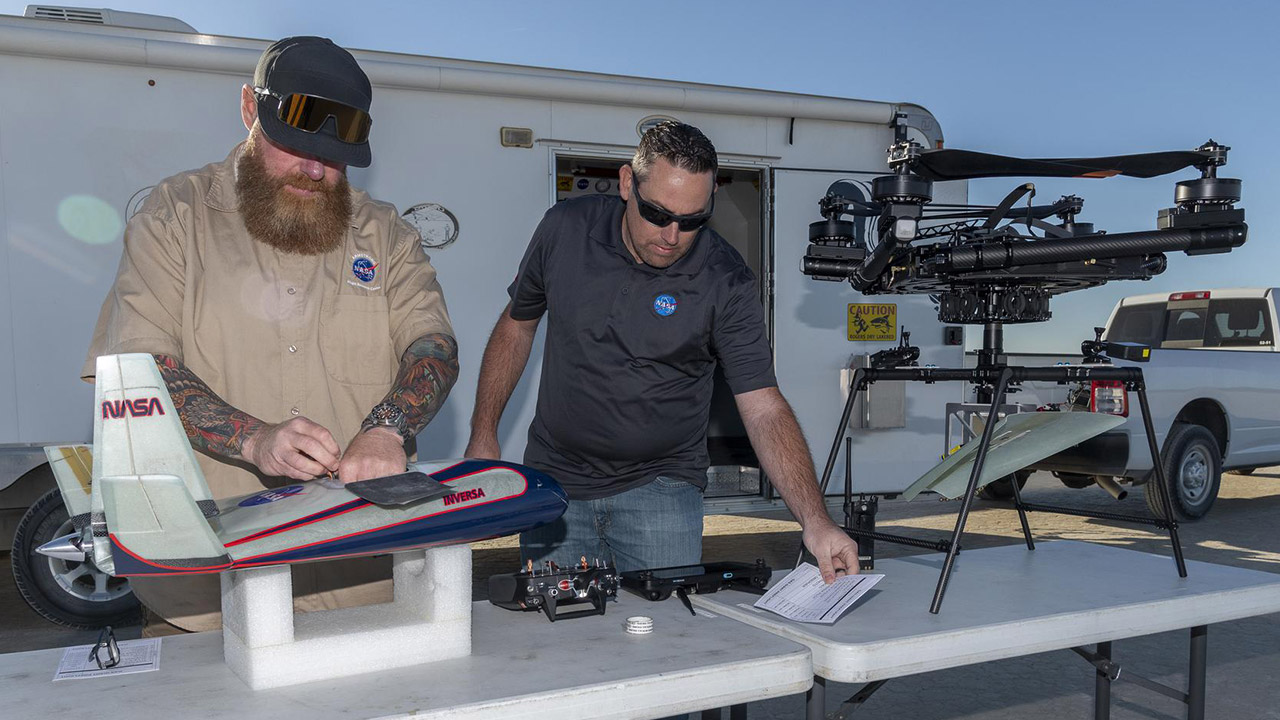
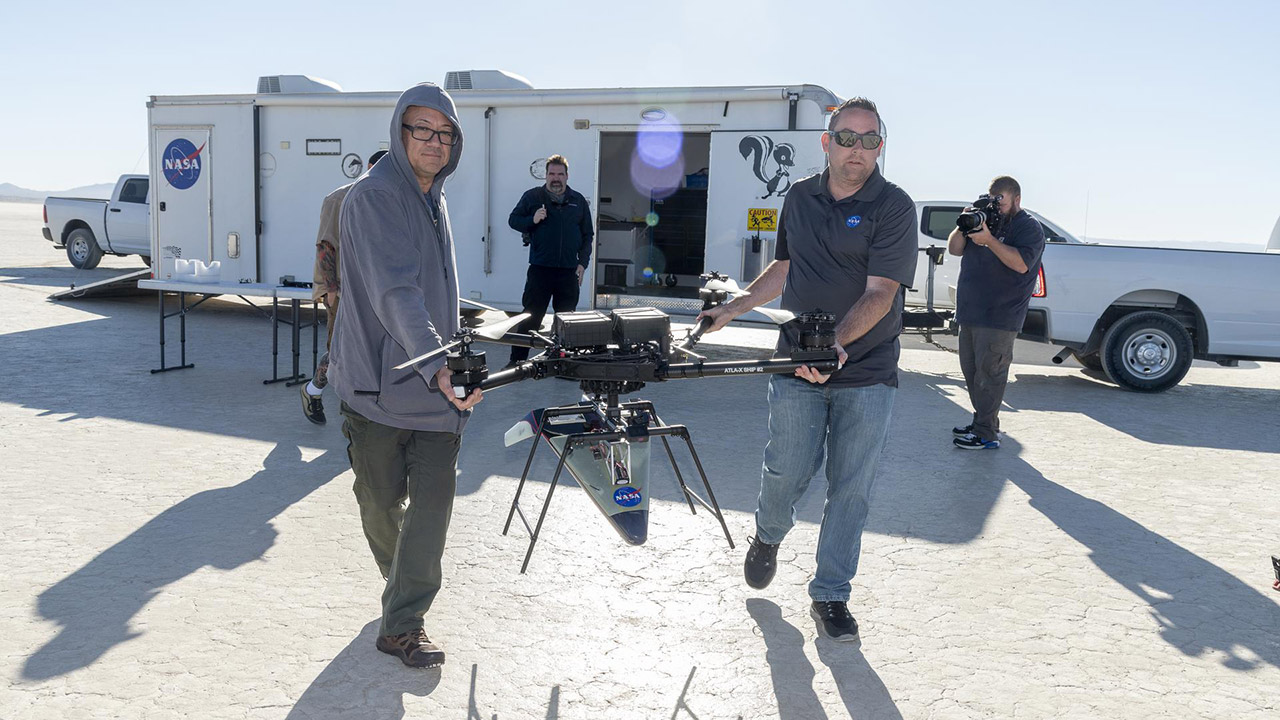
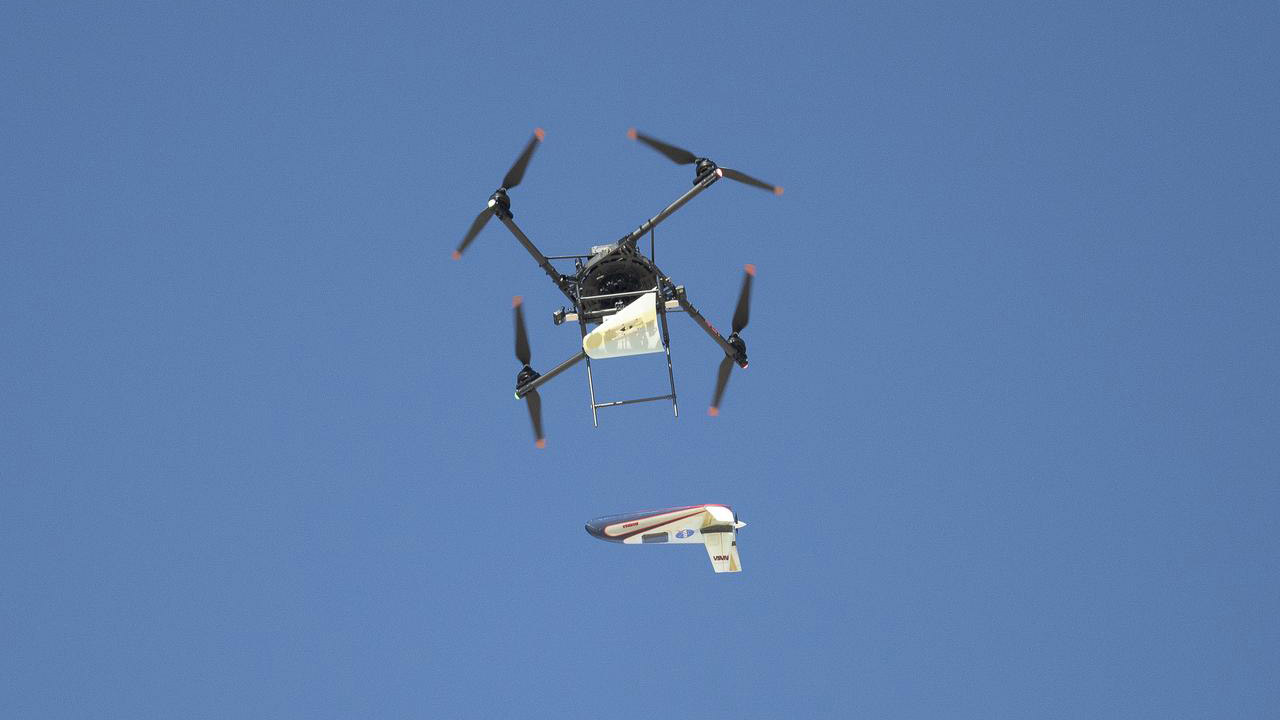
Everything we learned from the first vehicle failing and integrating what we learned into this one seemed to work well. This is a win for us. We have a good place to go from here and there’s some more changes we can make to improve it,” said Justin Hall, NASA Armstrong chief pilot of small, unmanned aircraft systems.



